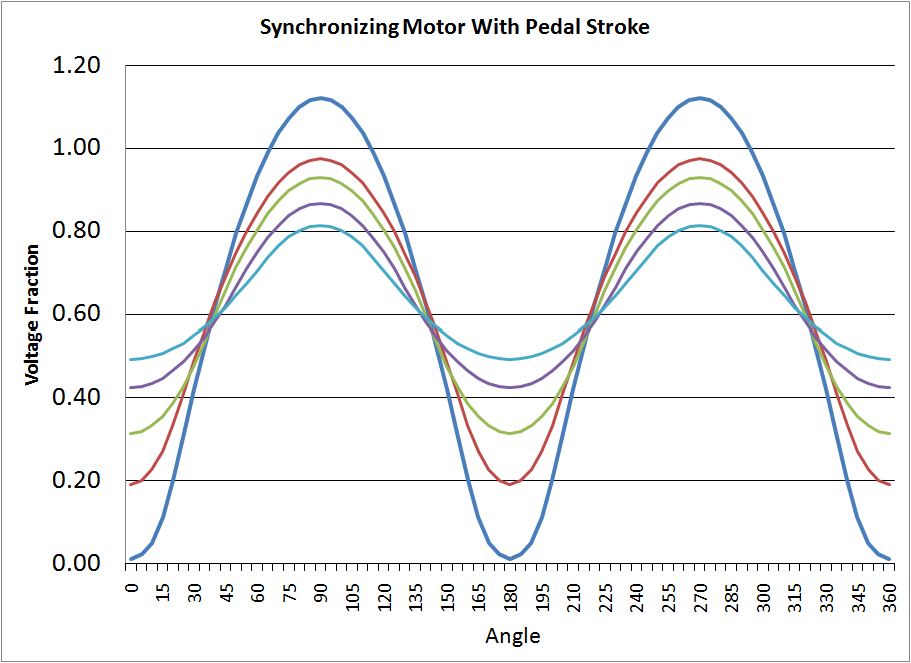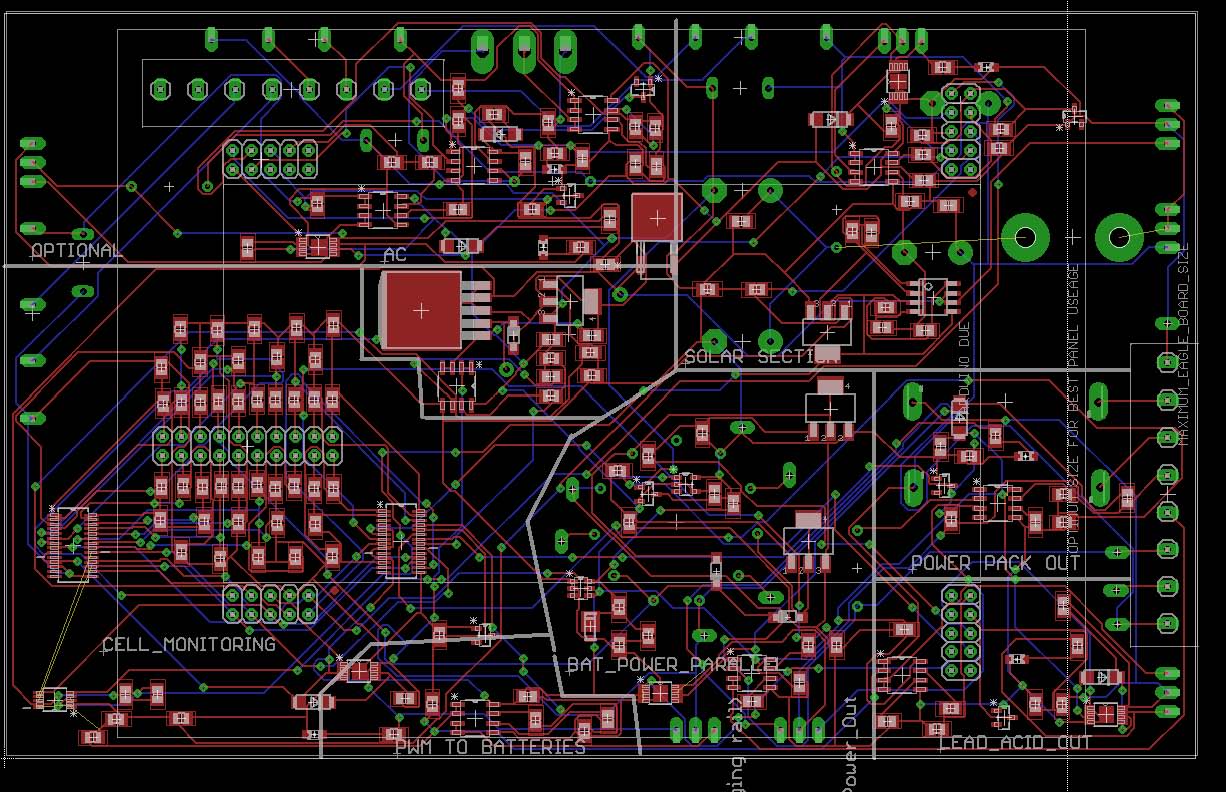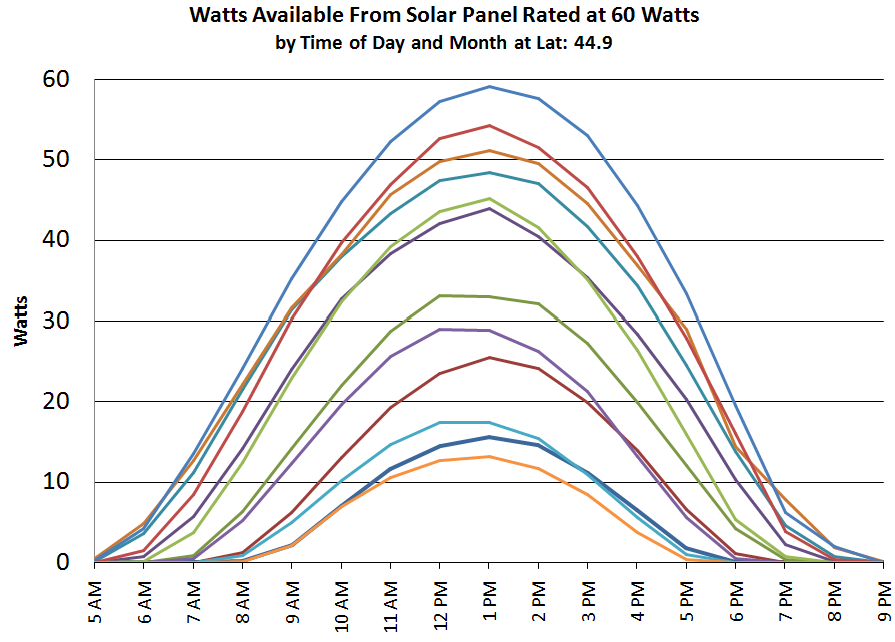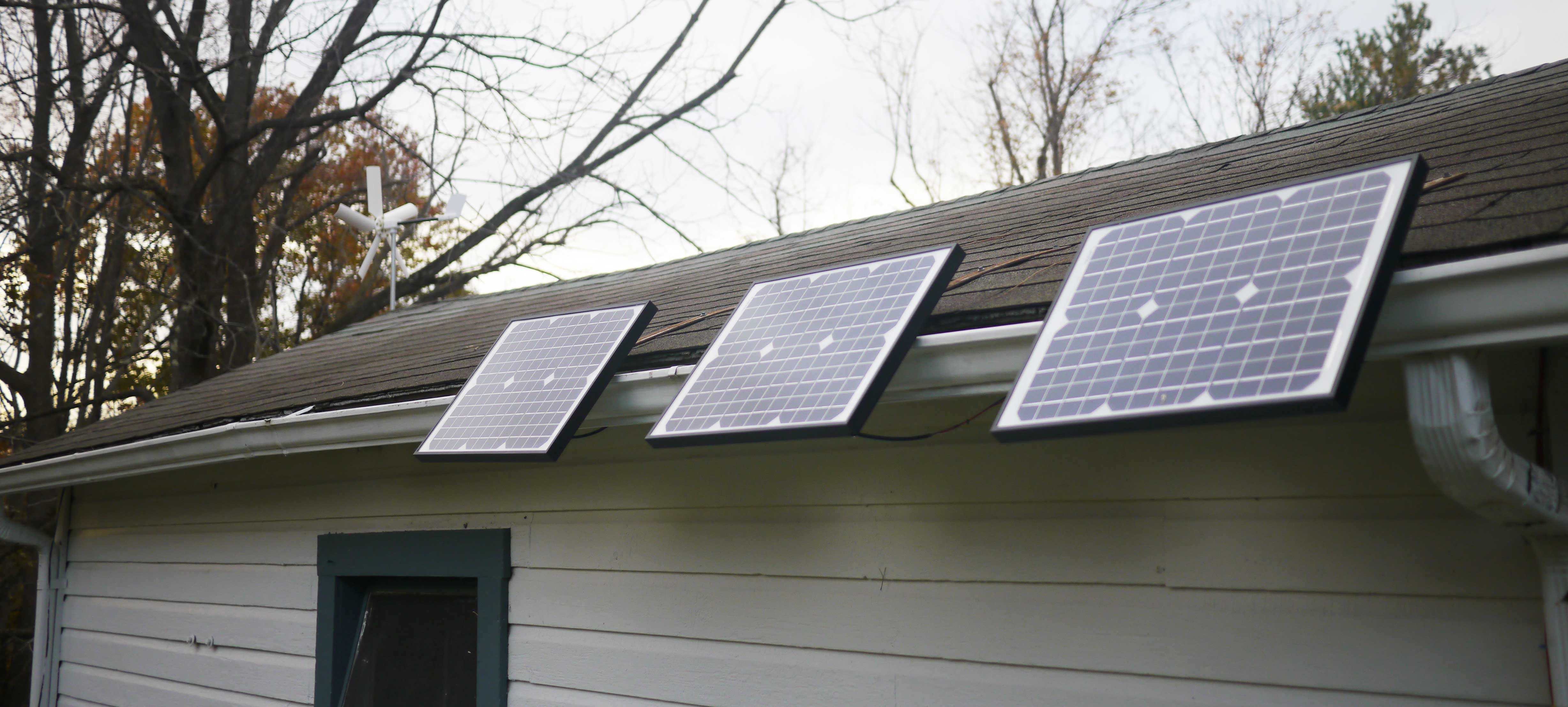
Home
Jobs
Products
About Us
Contact Us
Site Map
Investors
Press
FAQ
This page is for people seeking to work for or with Pedjo.
It lets you know about some of the products we are making and developing.
That Sweet eBike Pedal-Assist.
Whether you face hills, windy weather, or normal headwind created by bike motion, a pedal-assist motor can give you the pleasure of going faster and pedaling less forcefully, while retaining the attributes of conventional cycling.
Most people are reluctant to use a bicycle for normal around-town transportation. eBikes are a game changer.
Two of the most obvious impediments that conventional bicycles face are hills and winds. In the extreme, they can slow you to a crawl.
You are also up against the headwind that you create as you go ever faster. That self-created headwind makes it difficult (or impossible in many cases) for a cyclist to greatly exceed 20 mph
The calculations clearly show it: In a bartop riding position on flat ground, it requires twice as much power to go 20 mph as it does to go 15 mph (234 watts vs. 111 watts). And to address a real-world case, the average bike speed in Copenhagen is 9.6 mph. It would require about 7 times as much strength for the average Copenhagen cyclist to average 20 mph (234 watts vs. 34 watts).
An eBike makes all of that history. Hills, winds, or lack or strength are no longer ruthless adversaries. The bike's hub motor seamlessly comes in with power to supplement each pedal stroke.
The Pedjo pedal-assist motors are similar to the old stoker-captain relationship on a tandem bicycle, where the motors are the stoker and the rider is the captain. Sensors and the bike's logic read the rider’s pedal strokes so that the bike automatically responds to your wishes.
Just as a personality on a bike, when the rider pedals energetically, the stoker motor comes in with increasing support. Contrariwise, when the captain slows down, the stoker takes the hint and eases off. The rider can select the strength exerted by the stoker motor.
Like a living rider, the stoker motor synchronizes with your pedal stroke so that each stroke requires less effort. Depending upon circumstances, the synchronization varies between curves of the kind shown here during a 360 degree pedal rotation. The power curve changes are so fast that the user does not perceive it except to notice that pedal strokes are easier to make. Burke’s High-Tech Cycling (p. 129, 137, 152) shows conventional cyclists produced curves with similar hump-like components.

Your feet communicate your intentions to the motor.
The stoker electronics and software respond exponentially to changes in the cyclist’s cadence. Even small increases in cadence exponentially increase the motor's contribution. Because of this exponential relationship, the motor quickly adjusts and the rider seldom needs to exert greater force than desired. As in a conventional bike, shifting to a lower gear also produces greater motor contribution.
To get a sense of power delivered by a stoker motor: In the pre-doping era, Greg LeMond averaged 394 watts to win the 1989 Tour de France. This is a pure unadulterated performance of a great athlete. And it can be translated to motor power. A hub motor consuming 500W, even at 78% system efficiency, would deliver 390W of pure motive force. The stoker motor on your eBike substantially can readily place the additional capability of a world class athlete on your bike. As on a tandem, you can expect a lower heart rate, less perceived exertion, and less lactic acid development – in short, a faster and less stressful ride with such a partner on board.
On an eBike, as with a tandem, you will often find you ride higher gears than customary and with a slower cadence. Usually there is no compelling necessity to spin. The primary advantage of spinning (pedaling very fast) is that it reduces stress on joints and muscles. But with a powerful eBike motor already reducing the force required at each pedal stroke, joint stress is in the main vastly reduced.
Pedjo Electronics and Solar Option.
The photo below shows our first step in routing a circuit board of our design. This board controls power coming into the battery pack and later going out to the eBike motors. The system accepts a wide variety of inputs. At the owner’s discretion, he or she can charge the batteries with AC line voltage, solar, or wind turbines and can use either one or two hub motors for pedal-assist. One motor is usually more than enough, but for some steep mountain valleys or San Francisco, two motors are the deluxe way to travel.

From my shopping runs from Pulaski, VA to Dublin, it has become apparent that with the hills around here about 17.3 amp hours of pedal-assist from the battery are required for each mile covered. Knowing this, you can easily size the battery for however many miles you usually travel. Notwithstanding that the cost of electric power to charge batteries is trivially small, you still have the option of having an off-the-grid eBike charged by solar power.
This is no technological magic. If for example you ride the bike 2 hours a day averaging 17 MPH you cover 34 miles a day. In this scenario you may well have 7 hours or more of good solar charging time when the bike is not being used. Just size the solar panels to provide the needed number of amp hours. (The math goes something like this: 34 miles * 17.3 amp hours per mile = 588 battery amp hours that need to be replenished /7 hours = a replenishment rate of 84 watts.) And if the solar panels are undersized or not used, that’s ok. The system logic will recognize that more charging is needed and will automatically draw that juice from the wall socket because it is a plug-in eBike – a bike commonly plugged in to both solar and the wall socket. Between the two plenty of charging power is available.
Keep in mind that this scenario is intense. At 365 days a year, traveling 34 miles a day comes out to 12,410 miles a year. Very few eBikers come close to such intense riding. Even a replenishment rate of 30 watts would be sufficient to deliver 4,400 miles of off-the-grid transportation each year (12,410*30/84=4,432).
Solar panels universally deliver less power than their rated watts – frequently half as much. The power they produce can be expected to vary roughly as shown in the graph. For a panel rated at 60 watts, each of the 12 graph lines correspond to a month and show average wattage developed at different times during the day.

For six months out of the year, from April through September under favorable charging conditions, allocating about 3¼ sq feet or more of solar panels for each ten pedal-assisted eBike miles traveled daily is a reasonable starting point, adding additional solar panels if needed. For example, 17.3 watt hours per mile multiplied by 10 equals 173 watt hours of charging for each ten miles. An average twenty-five watts for seven hours would cover it.
As for the real world, this is what three small monocrystalline 20W solar panels look like on my storage shed (each producing 36.2 volts at maximum power (Pmp), a total of 60 rated watts, a total 5.5 sq ft):

No magic. An eBike is not cheap. Our system uses only one very specific type battery (Headway LiFePO4 cells): because it is resistant to spontaneously bursting into flames, because it has long life, because it has long range, because the user can change and maintain it, and because it has superior power characteristics. It costs upwards of $450. Unlike a gasoline car where you are paying periodically for gasoline, here the chief cost is an initial battery purchase, which if well cared for may serve you for 8 to 10 years more.
More and better than ever before.
The simple stuff improved: Wireless communication to reduce chance of theft. Turn signals and horns to make your ride safer. Adequate storage for shopping.
With extensive data logging, you have the ability to know in detail the characteristics of your riding – how much energy was required at each hill and more. Year by year you can track it and monitor your and the bike's performance. No hype. No sales pitches. No fantasies – just a pure unadulterated reporting.
GPS and sensors to precisely measure each pedal stroke to the extent that you can tell which leg is contributing most and what portion of your pedal stroke is developing most power.
In short, you can know more about your day-to-day transportation energy expenditure than any expert studies could heretofore reasonably uncover.
And should you elect to use wind and/or solar to charge your system, you can go further yet to see how you as a human fit into it all – when and how much you were able to pull from the sun and wind to do your off-the-grid commuting, shopping, and tooting around town.
What a shame it all would be not use a small, but adequate solar and wind system to experiment with off-the-grid transportation. Having done it, we would be able to make the first step in the great adventure of having first-hand experience with how our own lives have the potential to blend with the sun and wind. The exercise, the experiment, the proof of concept ... it is intended to be fun. But in a deeply fundamental and practical way, it is one of those great endeavors we can undertake before jumping in to spend a huge amount of money on either a plug-in or hybrid car or on a large solar/wind system.
By testing the concept on a small scale before taking larger steps, we are better informed at a deeply personal level. Multiply this by many people doing the same – the wisdom of the crowd. That is all that is needed for sensible decisions. Start practically and with knowledge. Then ... well that blank is up to all of us together.
And you, a Pedjo person, built it. Now that is something to be proud of.